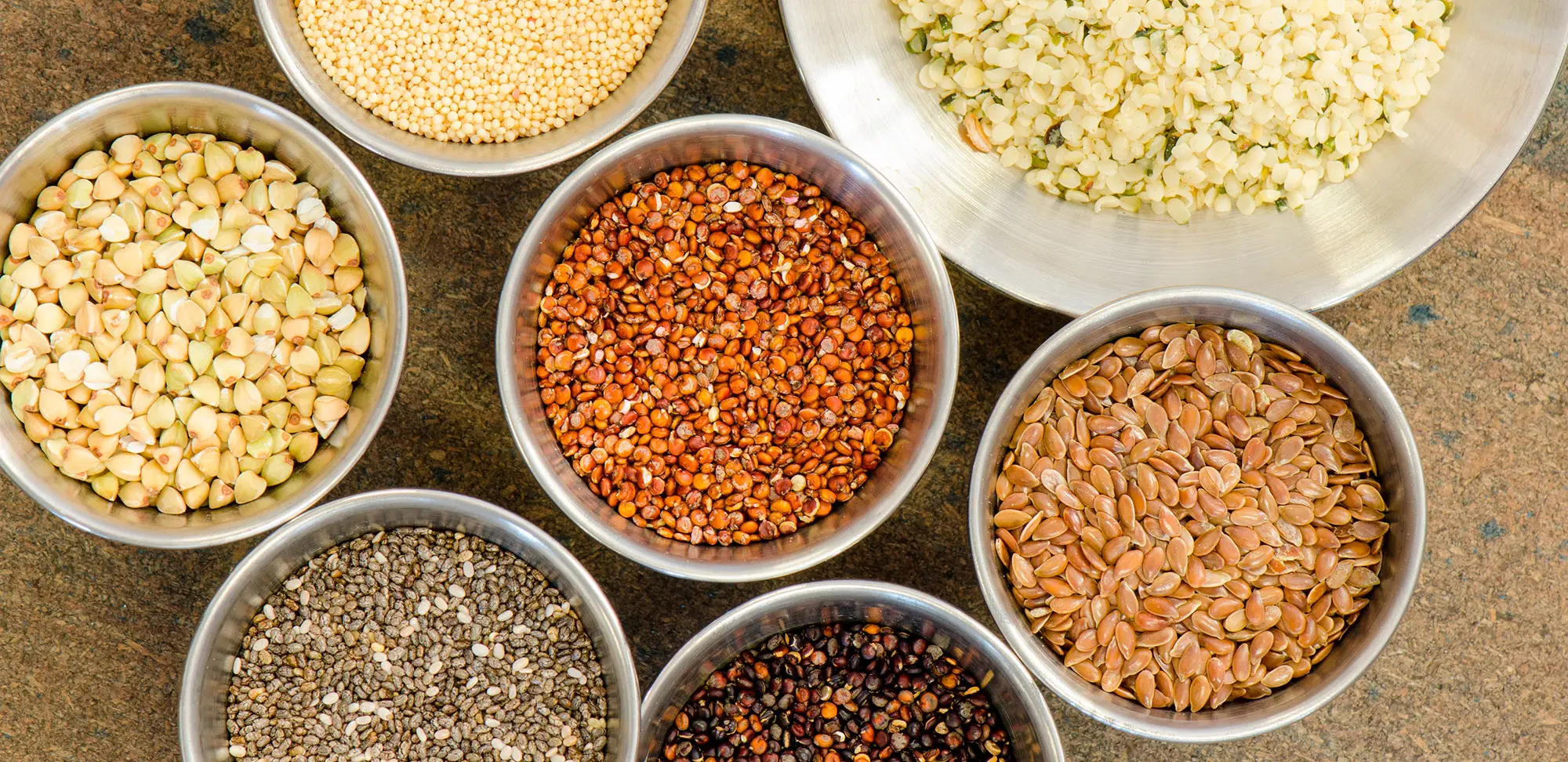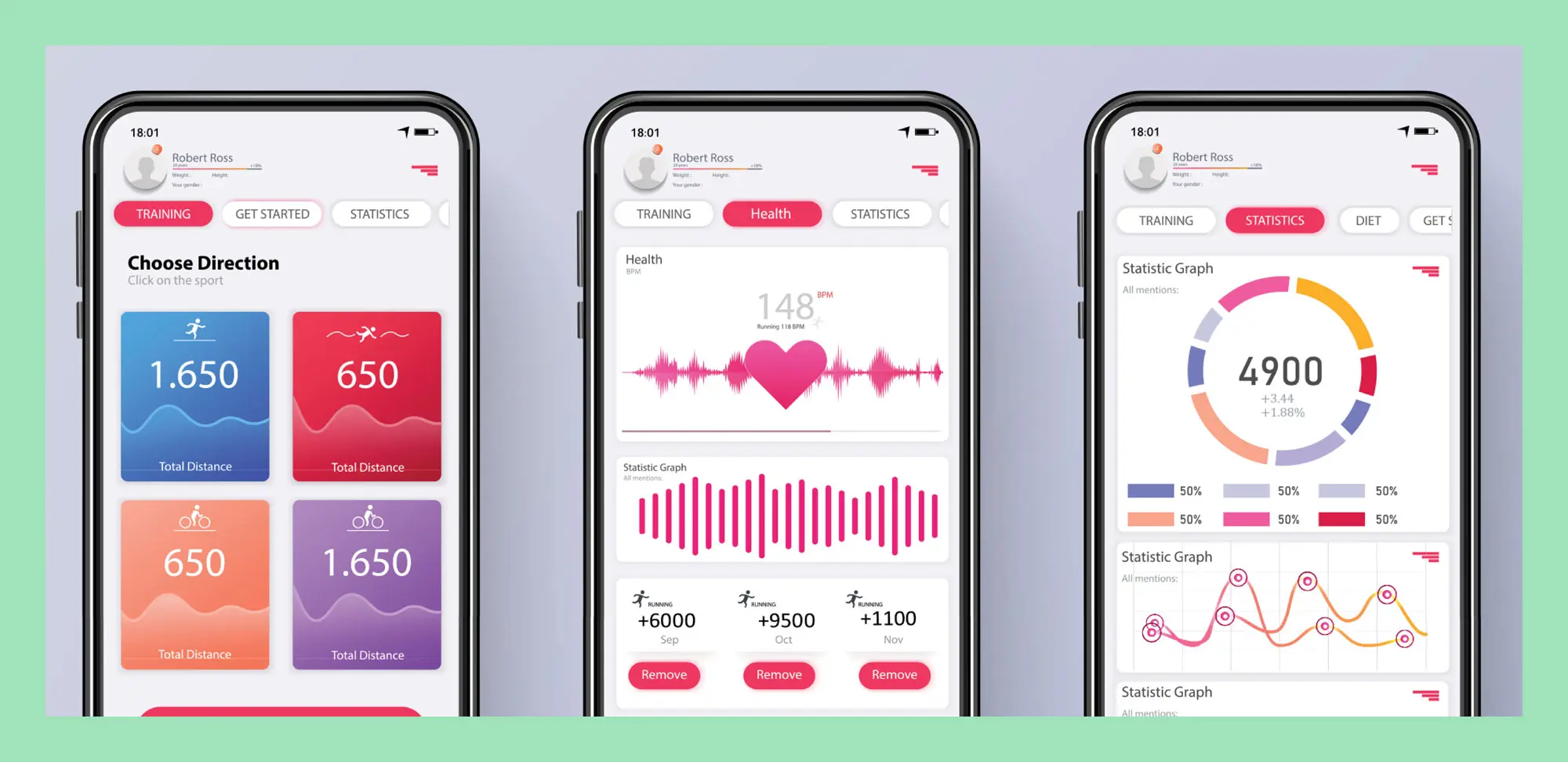Simply put, a healthy gut – or gastrointestinal system – ensures that all those beneficial nutrients we plan for every meal are absorbed and used to keep us healthy and energetic.
Enter the gut microbiome, a group of trillions – yup! – of microorganisms, including bacteria, viruses and more, living in your gut.
This diverse community of active microbes helps to fend off illness-causing viruses and guard against many health conditions, including heart disease, certain cancers, diabetes, obesity, depression and much more. Your microbiome also interacts with your immune system, helping to regulate inflammation, and may even influence your metabolism.
A change in the healthy balance of these organisms can contribute to a range of health issues.
Healthy lifestyle habits, including managing stress, getting enough exercise and adequate sleep, can all benefit your gut health. That said, a healthy diet is one of the most powerful tools you have to alter the composition and activity of your microbiome. To begin, here are two terms to make this simpler to follow:
- Probiotics are the live beneficial bacteria that live in your gut and help to maintain or improve your microbiome.
- Prebiotics are types of fibre that act as food for the beneficial bacteria in your gut.
A diet rich in fruits, legumes, vegetables, lentils, nuts, grains and other plant-based foods, especially those high in fibre, promotes a healthy microbiome. In addition to having both prebiotics and probiotics, polyphenols, fibre and fermented foods also have a role to play.
Probiotics, the good bacteria, are abundant in fermented foods, including kimchi, sauerkraut, kefir, kombucha, miso and tempeh. These rich sources of probiotic bacteria can add to the population of beneficial bacteria in your gut, helping to increase the diversity of your microbiome. If these foods are new to your plate, start gradually. Add kefir to your smoothie or your overnight oats, include sauerkraut (unpasteurized) in a sandwich, scatter kimchi in a rice bowl with veggies, stir a little umami-rich miso into sauces and dressings or sip away on green tea or ginger-lemon kombucha. But remember to check labels to make sure these foods have not been processed in a way that has destroyed much of the probiotics.
Prebiotics act as food for the microbes that live in your gut. Some of the better prebiotic foods are garlic, bananas, barley, Jerusalem artichokes, oats, whole grains, beans and legumes – all feed the probiotics in your gut so they can keep making beneficial bacteria. Eating a plant-based diet rich in vegetables, fruits, grains and lentils is a tasty way to increase your prebiotic intake.
Polyphenols are a type of plant chemical found in fruits, vegetables and many plant foods. Gut bacteria feed on polyphenols and produce helpful substances that may offer protection against cardiovascular disease, diabetes, certain cancers, asthma, depression and more. Top sources include berries, cherries, red grapes, apples, red cabbage, spinach, onions, kale, broccoli, parsley and soy beans. In addition to these plant sources, the good news is that some polyphenols are also found in dark chocolate, wine and green tea.
Research into these micronutrients focuses on fresh foods, not supplements. Because so many other nutrients are found in fresh foods that have other health benefits, it’s best to get them through your diet. And speak to your dietitian or pharmacist before you take supplements that claim to promote your microbiome.











